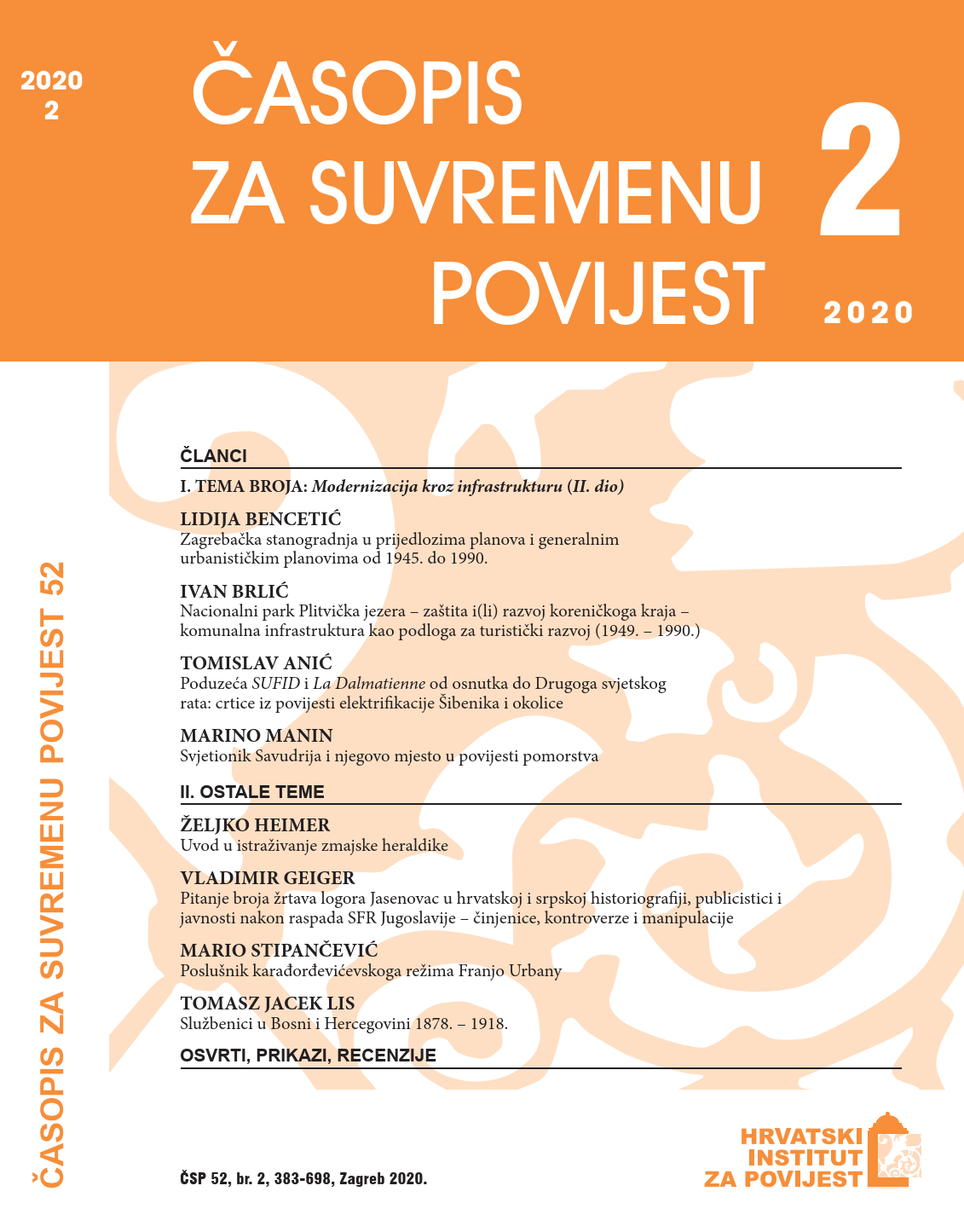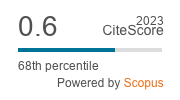The Plitvice Lakes National Park – Protection and/or Development of the Korenica Region – Communal Infrastructure as the Basis for the Development of Tourism (1949–1990)
DOI:
https://doi.org/10.22586/csp.v52i2.9900Keywords:
Titova Korenica Municipality; Plitvice Lakes National Park; tourist accommodation; communal infrastructureAbstract
Communal construction formed the basis of tourism and economic development in the Plitvice region during the era of Socialist Yugoslavia; it was torn between realistic financial capabilities and political-economic ambitions. The Plitvice Lakes area and its vicinity needed to be rebuilt after the human and material losses sustained during World War II. The foundations were shaky; the inherited difficulties in the development of rural modernisation inherent to Lika were especially pronounced and were a major stumbling block to the development of the Korenica and Plitvice region. Local political and economic entities were aware of the development potentials, but were tied to the socialist paradigm of progress through five-year plans during the 1950s and 1960s. Communal infrastructure played an important role in this context; it needed to be rebuilt from scratch so that it could keep up with the real needs of the population and business entities under social ownership. The construction of communal infrastructure itself was mostly concentrated in the National Park area, though certain difficulties appeared in its implementation even there, and remain present to some extent today. Despite the difficulties faced by the officials of Titova Korenica Municipality, the development of tourism in Plitvice Lakes was never in question. The reason behind the specific approach to Plitvice Lakes National Park is that this protected area was one of the key development resources of national interest, and has remained such to this day. On the other hand, the surrounding municipal area, like the National Park area itself, never developed an even approximately similar historical dynamic.
The 1970s and 1980s brought the most visible improvements in the strategic planning of the economic development of tourism in Plitvice Lakes, which was then turned over to public communal projects and new forms of protection of certain areas of the National Park. The company as a large self-governing work organisation, bolstered through numerous investments, also became the main development engine for other parts of the municipality, even though the development of Plitvice Lakes was planned and based on the republican and federal level and was in some ways self-sufficient. Certain difficulties and challenges of the overtourism process that affects the Plitvice Lakes area today are partially the consequence of certain failed tourism projects and the lack of communal infrastructure in this part of Mountainous Croatia.
Downloads
Published
How to Cite
Issue
Section
License
Copyright (c) 2020 authors and journal

This work is licensed under a Creative Commons Attribution-NonCommercial 4.0 International License.
Copyright holders are the publisher Croatian Institute of History and the authors. Journal of Contemporary History is an Open Access journal. Users are allowed to read, download, copy, redistribute, print, search and link to material, and alter, transform, or build upon the material, or use them for any other lawful purpose as long as they attribute the source in an appropriate manner according to the Creative Commons licence CC BY-NC. The papers published in Journal of Contemporary History can be deposited and self-archived in the institutional and thematic repositories providing the link to the journal's web pages and HRČAK. Journal does not charge article processing charges (APC). The editors assume no responsibility for statements of fact or opinion made by contributors.




